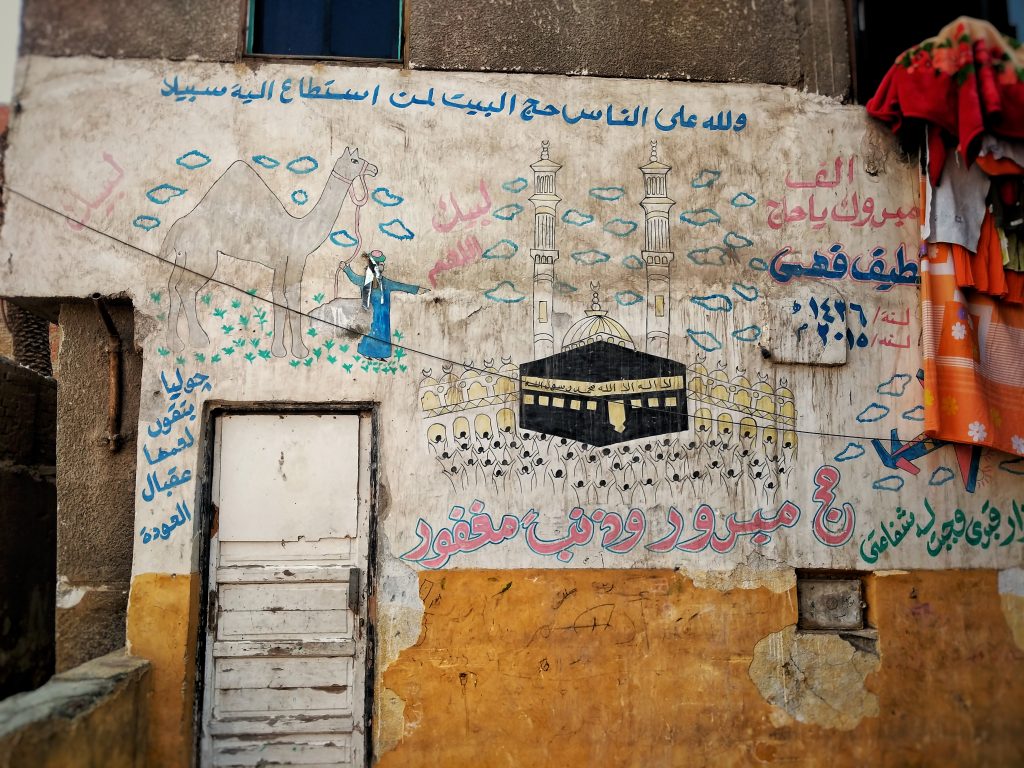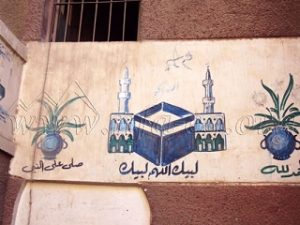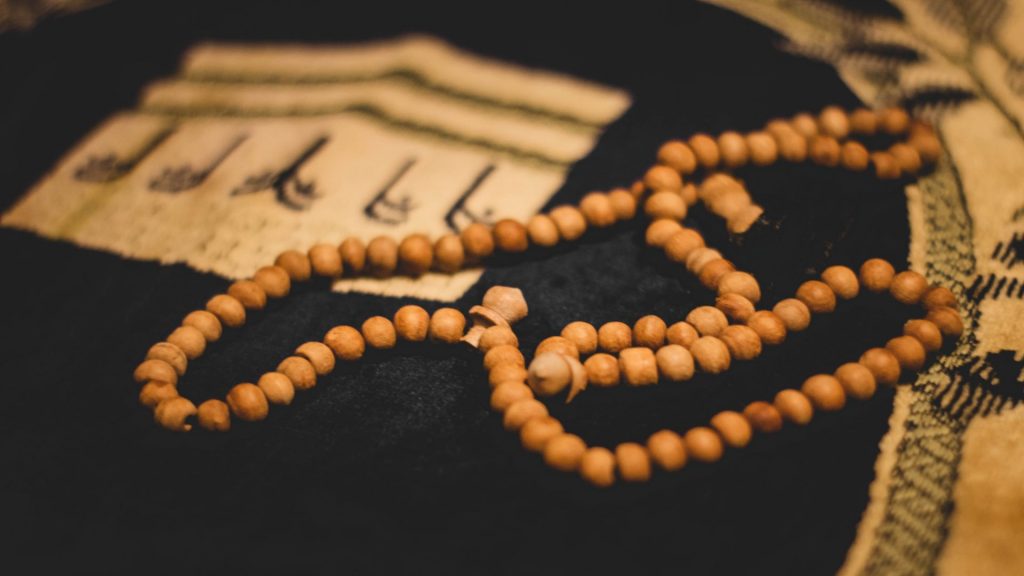Hajj is the fifth pillar of Islam, and it’s a very special one. The four other pillars can be practiced by Muslims wherever they are on this planet, but hajj is carried out only in one place.
It’s a special journey that costs much in money, effort, and time. That’s why this is the only pillar that is not mandatory for all Muslims but only for those who can afford it.
And whoever affords it feels very lucky to have been chosen by Allah. And that’s why Hajj is celebrated by the lucky hujjaj (pilgrims) and their families.
Here, Muslims from different countries and cultures are telling how pilgrims celebrate their happiness after completing their fifth pillar.
Raya Al-Jadir, Iraq
“Generally and traditionally, folks leaving for Hajj call family and friends up, asking for forgiveness if they have ever wronged them, so that their Hajj trip will be free of guilt and wrongdoing and so that it is more likely to be accepted.“
Returning from Hajj, relatives, family, and close friends will go to the airport, bus depot, or ship port and welcome the Hajj returners. Some even hire musicians or drummers who make a hype to give the atmosphere a more party-like essence.
“People who go to the welcoming ceremony take or order famous Iraqi sweets like kelecha, baqlawa, and others. Then the family [of the Hajj returner(s)] will slaughter either cows or sheep and distribute the meat to close family and the poor.“
“For a few weeks, visitors bearing gifts will descend upon the Hajj returners, and in return, they will receive a gift brought from Makkah as well as Zamzam water.“
Azizah Omar, Malaysia
“We do not have celebrations, except for having a family gathering and a small feast to welcome them home. When the hujjaj arrive, we sprinkle attar and rose petals over them. “
Yomna El-Saeed, Egypt
“There was an old tradition that those who knew that they were going to Hajj hung a white flag on their windows and balconies to show their neighbors that someone in this household was going on the holy journey—a gesture of happiness and pride.”
“But this tradition kept diminishing by years, and now the cars/vans that take the pilgrims to or from the airports raise this white flag, which means “A pilgrim on board.”

“Also, when pilgrims come back, their relatives, friends, and neighbors go visit them and buy them gifts, and they expect souvenirs from Makkah and Madinah, like Zamzam water, dates, praying mats, and rosaries.“
“Pilgrims serve their visitors ‘sharbaat, a sweet Egyptian drink made of strawberries that is only served at weddings. This shows the paramount happiness of the pilgrims going there.“
“Among the Egyptian traditions is also the practice of painting graffiti on the walls of the houses of the pilgrims.”
Graffitis include drawing the ka’ba, drawing an airplane or a ship (the pilgrims’ means of transportation), and writing prayers to Allah to accept the pilgrims’ Hajj and to return him safely.

“But this last tradition takes place only in the poorer and rural areas.“
Farrukh Yunus, London
“As far as I am aware, and across the various cultures my London Muslim friends hail from, Hajj is celebrated in two capacities. First, there is the group that will always send the entire family to the airport to wish the hajjis a safe journey.”
“While this is becoming less common given how frequently so many of us travel, it is still a tradition held by many. And similarly, upon return, some still send the entire family to greet the hajjis upon arrival.“
“The second set of traditions relate to distributing small gifts that people collect on Hajj, whether it’s a tasbih, a prayer book, or some Zamzam water.”

“Many will bring large bottles of Zamzam, distributing them in smaller water bottles for family and friends. This is accompanied by the distribution of sweets (mithai), particularly in Indo-Pakistani cultures, though similar sweet items are also distributed in other cultures.“
“I call this the ‘icing on the cake, where the sweetness of Hajj is topped off with a sugar rush.“
“Once a person would travel for two months to perform Hajj in harsh conditions on the back of a camel or donkey. The convenience of a flight accompanied with the mass availability of mobile technology means that while some would still share their stories with their families and friends, often gathered around the dinner table.“
“This is becoming a rare sight, for while the experience of Hajj is still related over a meal, many of us ‘follow’ a person’s hajj on Facebook, Twitter, Instagram, or even by e-mail, thus reducing the experience where focus is less on the journey and more on the glimpses of spirituality a person feels in that environment.”
May Hodeib, Lebanon
“In the older days, the one going to Hajj goes from one house to another, asking for forgiveness for any hurt he may have done.”
“But this tradition has disappeared in the last 10 years, unfortunately. But generally, when someone gets the visa to Hajj, we don’t celebrate that. The celebration starts when they come back.“
“The front of their houses would be decorated mainly with palm leaves. Chocolate ‘mlabas’ and baklawa are the main deserts served to the guests of the returning pilgrims.“
“Pilgrims also give their guests souvenirs from Hajj like praying mats and their accessories, if we can call them that.“
Now you are invited to share your thoughts with us. In your culture, how do you welcome the pilgrims home?
***
From the archives.

